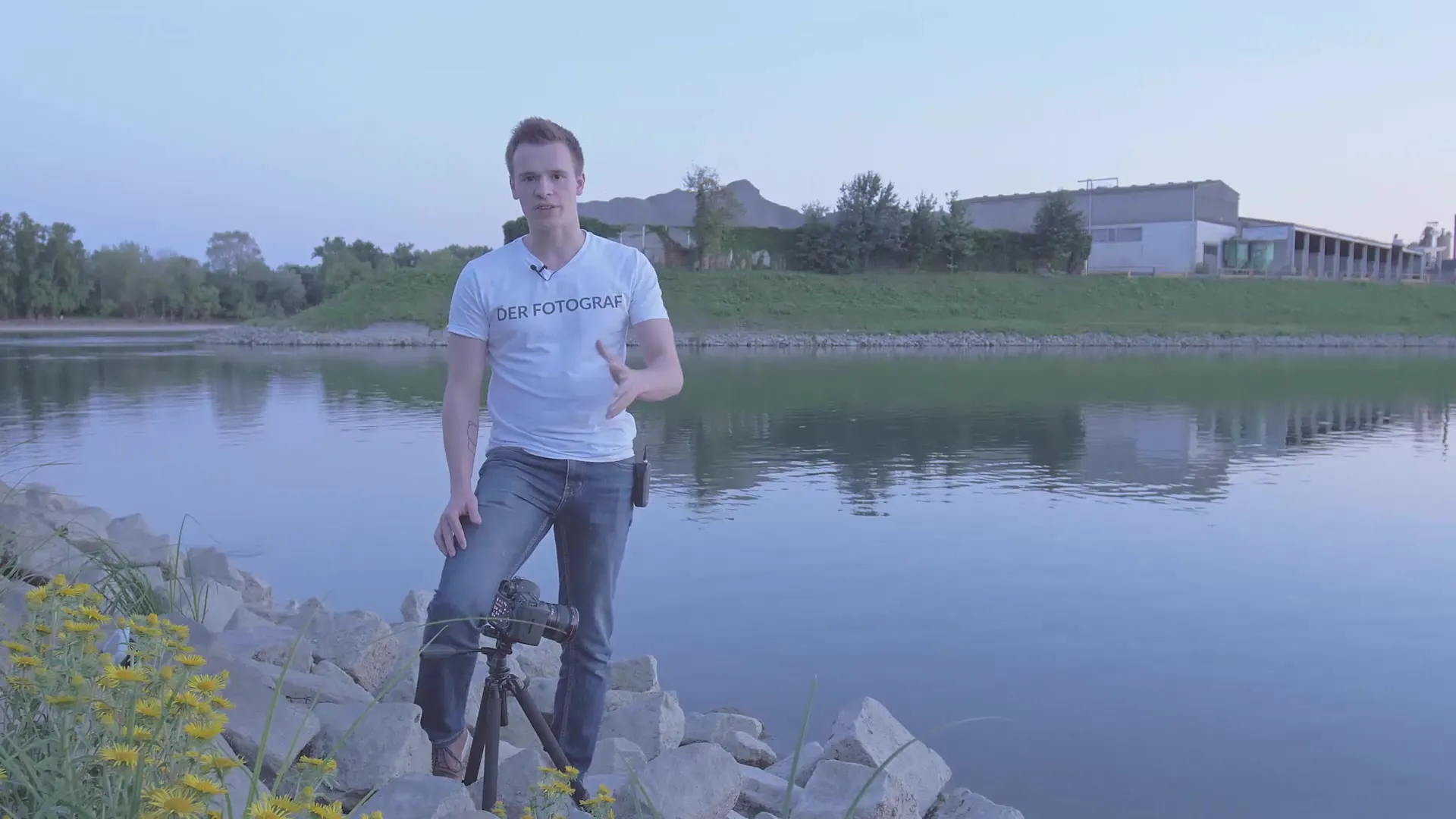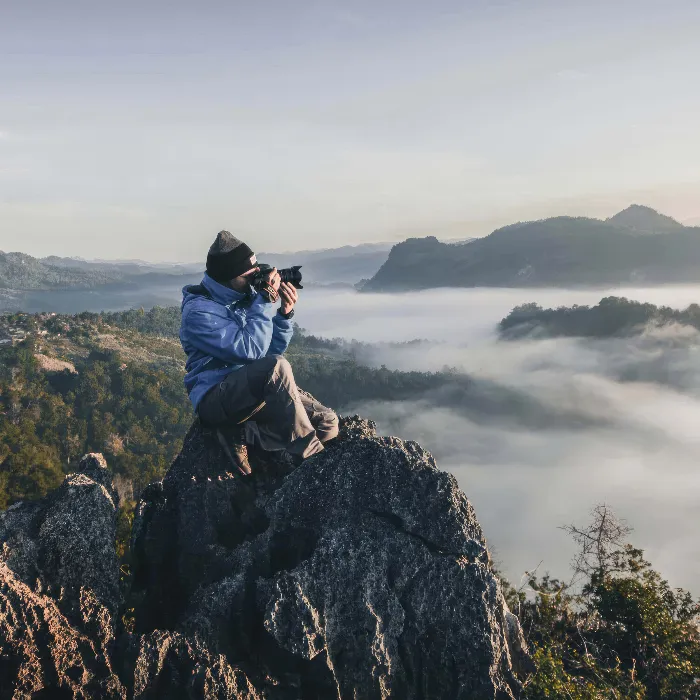Waterfalls, beaches, or urban life – Long exposures open up a whole new perspective on your photography. In this guide, I will show you how to create breathtaking long exposures using an ND 1000 neutral density filter. You will not only learn the technique but also how to optimally adjust various settings on your camera.
Key Insights
- The use of an ND 1000 filter allows for extreme long exposures.
- A tripod and remote shutter release are essential for clear shots.
- Shutter speed and aperture need to be carefully balanced.
- Relaxing during the long exposure time contributes to creativity.
Preparation for Long Exposure
Before you start the actual photography, some preparations are essential. First, you attach the ND 1000 neutral density filter to your lens. This filter transforms an exposure time of just one second into up to 16 minutes. Now, it is important to mount your camera on a tripod. This prevents movements during the long exposure from blurring your image.

Next, set your camera to manual mode and select the aperture and ISO value. A high f-stop number, such as f/22, helps you further reduce the amount of light.
Keep in mind that with a long exposure using an ND 1000 filter, you are taking away a lot of light, which significantly lengthens the exposure times. To achieve the desired 8 minutes exposure time, you need to adjust your settings accordingly.
The Right Camera Setting
The crucial point is the correct setting of your camera. You should choose the bulb mode and slightly increase the ISO value to optimally support the f/22 aperture. This way, you maintain control over the exposure time.
In general, each f-stop doubles or halves the exposure time. Therefore, it is extremely important to work precisely, especially when transitioning from an exposure time of 8 minutes to 16 minutes.
The Use of the Remote Shutter Release
A remote shutter release is an important tool for long exposures. By using the remote shutter release, you can trigger the camera without touching it, minimizing the risk of shaking the camera.
Make sure you have set your camera to manual focus and focus on the subject before using the remote shutter release. However, if the subject does not move during the exposure, you can set the focus in advance.
Capturing the Moment
Once everything is set up, you can activate the remote shutter release. Keep the switch in the "Hold" position so that your camera can perform the exposure for the desired duration.
Note that during the 8 minutes of wait time, there is nothing else to do but patiently wait. You might enjoy a coffee or just take in the scenery around you.
Waiting for the Result
The long exposure time allows you to walk around the camera during the entire process naturally. It is important, however, to keep your distance from the camera to avoid movements that could affect the image.
After 8 minutes, a signal from your smartphone or another timer app will indicate that you can stop the exposure. Depending on the camera, it may take a while for the image to appear on the display.
Result Analysis
The display may remain black during the processing time. Do not be alarmed by this and wait until your image appears. If the result does not meet your expectations, you can simply readjust the settings and try again.
When photographing at dusk or during the golden hour, it might be important to change the exposure time in a timely manner, as the light changes quickly.
Summary – Long Exposure with Neutral Density Filter: Step-by-Step Guide
Long exposure with an ND 1000 neutral density filter opens up creative spaces you previously thought impossible. With precise camera settings, the use of a tripod and remote shutter release, and patience, you can achieve impressive results. Experiment with different subjects and lighting conditions to further develop your skills.
Frequently Asked Questions
How long does a typical long exposure with an ND 1000 filter take?The duration can be up to 16 minutes, depending on the camera settings.
Why is a tripod necessary?A tripod prevents the camera from shaking during the long exposure.
Which aperture should I use for a long exposure?A high aperture like f/22 is recommended to reduce the amount of light.
Is it important to use a remote shutter release?Yes, a remote shutter release helps avoid movements that could affect the shot.
Can I do long exposures during the day?Yes, with an ND 1000 filter, you can also perform long exposures during the day, e.g., at the beach.


